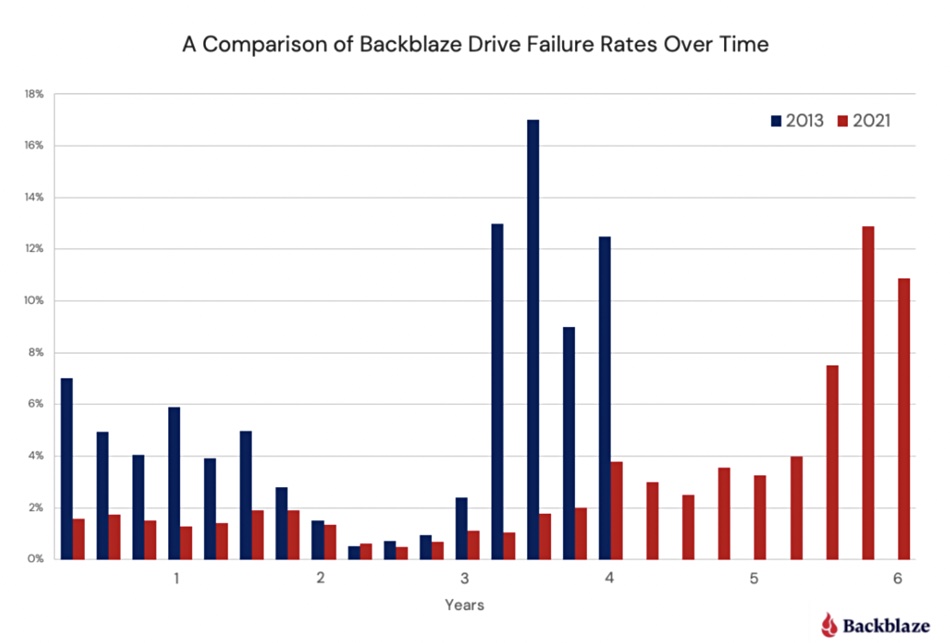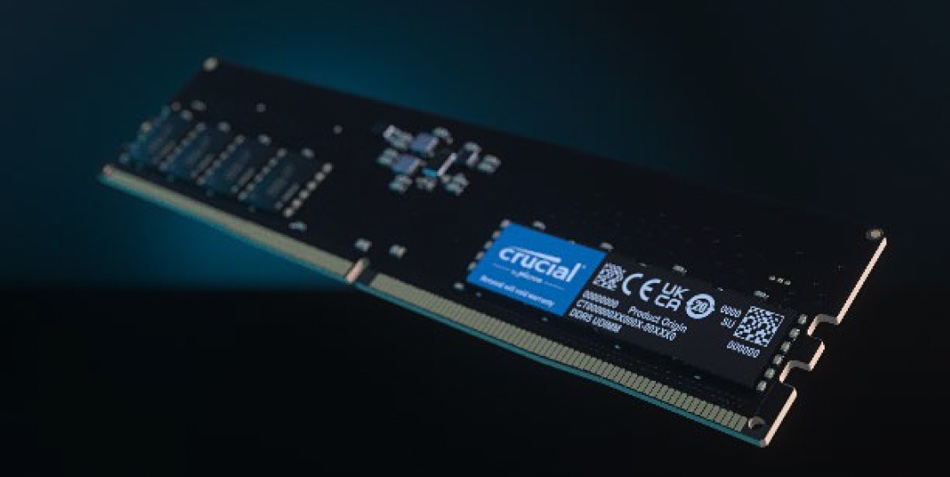…
The Wall Street Journal says email protector Mimecast is exploring a sale. It reckons Mimecast has a market value of about $4.5 billion and is working with bankers on a sale, taking in a large investment, or other options. Revenues in Mimecast’s first fiscal 2022 quarter, ended June 30, 2022, were $142.5 million, up 24 per cent year-on-year. Profits were $10.1 million, compared to $3.1 million year ago. It added 600 net new customers in the quarter, taking its customer count to 40,600 globally. Seems a healthy-enough business.
…
IBM has new white paper coming. It will tell the world: “Red Hat and IBM have shown that the combination of IBM Db2 and Red Hat OpenShift Data Foundation provides robust performance in the face of multiple simulated system failures. With Db2 HADR, database operations can continue unabated even when a database instance has failed and become unavailable. Test systems performed extremely well through simulated failures in OpenShift Data Foundation infrastructure. Together IBM and Red Hat technologies demonstrate the value of a multilayer resilience strategy for providing business continuity.”
…
SUSE announced the acquisition of NeuVector, a provider of lifecycle container security that delivers end-to-end security, from DevOps pipeline vulnerability protection to automated security and compliance in production. It says the integration of NeuVector should significantly enhance the enterprise-grade security capabilities in the SUSE Rancher container management platform, providing full lifecycle security in any mission-critical environment and offering the key enterprise security capabilities needed to run Kubernetes at scale.
…
We do get notice of research reports that look unlikely, making it worth being cautious about buying them. As a possible example there’s this: “The ‘Memristors Market — Forecasts from 2021 to 2026’ report has been added to ResearchAndMarkets.com’s offering. The memristors market was valued at $1,126.123 million in 2019 and is expected to grow steadily during the forecast period.” The companies mentioned are Toshiba, Samsung, Texas Instruments, IBM, Fujitsu, Intel, Micron, Unity Semiconductor, Sony and Hewlett-Packard — not written as Hewlett Packard Enterprise, which is a tad suspicious.
The abstract admits that: “As a result of the high initial cost and the fact that they are still being developed, there are many threats such as error rate, reliability, programming ease, etc., which can cause the memristor market to decline. Further, companies like Rambus, Panasonic & Crossbar are also developing Resistive RAM Technologies, which can be used instead of memristors.” Well, yes.
….
Ne-Mo’s Bakery/Horizon Food Group has chosen Veeam Backup & Replication and ExaGrid to protect the company’s most critical IT systems, defend against disaster and ransomware attacks, and deliver high-speed backup and recovery to meet its manufacturing demands. Ne-Mo’s/Horizon’s previous backup system was taking over 20 hours for data backup, at least one hour for recovery and limiting backup retention to only ten days.
Veeam and ExaGrid were able to protect the IT systems supporting snack manufacturing and boost defence against ransomware attacks, increasing Horizon’s backup speed by 85 per cent (to about three hours), recovery speed by 92 percent (to under five minutes) and data retention from 10 to 30 days.
…
Intel’s Innovation Event saw a presentation from Sandra Rivera, EVP & GM, Data Center and AI Group, which contained this comment: “Persistent Memory + Software are binding pieces of an evolving heterogeneous compute ecosystem — from CPUs, IPUs, FPGAs, GPUs, and more.” IPUs are Intel’s Infrastructure Processing Units (its DPU technology). Nick McKeown, SVP & GM, Network and Edge Group, said we are in the midst of a serious inflection point in the datacentre, which includes the proliferation of IPUs to offload infrastructure management from CPUs.
…
Intel announced it is collaborating with Google Cloud on the design and development of its first ASIC-based 200GB/sec+ IPU code-named “Mount Evans”. It is supported by an industry-standard programming language and open sourced Infrastructure Programmer Development kit. (Thanks to Wells Fargo analyst Aaron Rakers.)
…
What are containers? A blog by Backblaze writer Molly Clancy provides an intro to container software technology.
…
A Backblaze blog: ”Drive Failure Over Time: The Bathtub Curve Is Leaking” by Andy Klein, reveals that back in 2013, 80 per cent of the drives installed would be expected to survive four years. “That fell to 50 per cent after six years. In 2021, the probability of a hard drive being alive at six years is 88 per cent. That’s a substantial increase, but it basically comes down to the fact that hard drives are failing less in our system. We think it is a combination of better drives, better storage servers, and better practices by our data centre teams.”

…
Micron has released its Crucial DDR5 desktop PC memory products, which deliver up to 50 per cent faster data transfer speeds compared to previous-generation DDR4 memory. It is compatible with 12th Gen Intel Core processors that support DDR5 and is available in 8GB, 16GB and 32GB densities.

…
StorMagic announced a DCIG competitive analysis comparing the benefits and strengths of StorMagic’s AQRvault and Quantum’s VS-HCI series in the wake of Quantum’s acquisition of Pivot3 earlier this year. It says the report was developed to educate buyers of video surveillance edge solutions. ARQvault’s key advantage is that it includes a complete video management system, which can store video on any disk storage type — including the Quantum VS-HCI/Pivot3 offering — or on lower-cost tiers, such as tape, optical or cloud.
…
STAC recently performed STAC-M3 Benchmarks on a stack involving KX’s kdb+ 4.0 DBMS running on nine Dell EMC PowerEdge R640 servers, each with two 18-core Intel Xeon Gold 6254 CPUs @ 3.10GHz and 384GiB DRAM. Data was accessed via NFS 3 and stored in a Dell EMC PowerScale F900 All-Flash Scale-Out NAS 3-node cluster with 251TiB total physical storage capacity. It was faster than a system involving four database servers accessing an earlier generation of Dell EMC’s flash storage appliance with kdb+ 3.6 (SUT ID KDB190430) in 14 of 17 mean-response time STAC-M3 Antuco benchmarks.
…
Veeam’s “Beat The Gostev” Challenge is looking for the fastest Veeam Backup environment in Benelux — faster than maximum throughput of 11.4GB/sec. SVA System Vertrieb Alexander GmbH of Germany achieved 147GB/sec with IBM and Lenovo gear.

…
Satori, the creator of the world’s first DataSecOps platform, announced the release of “Snowflake Security: Securing Your Snowflake Data Cloud” — a comprehensive guide codifying DataSecOps best practices to enable data teams to secure their data cloud. The book, which was published by Apress, is co-authored by Satori Chief Scientist, Ben Herzberg, and Satori co-founder and CTO, Yoav Cohen, who worked in collaboration with several Snowflake engineers, product, and security leaders on the Snowflake team. The book is now available for purchase on Amazon.com, Target, Book Depository and other major retailers and online shops.
…
A Cassandra Momentum blog by Chris Thornett, senior content strategist, Constantia.io, discusses what the future holds for Apache Cassandra. A Cassandra Enhancement Process (CEP), similar to some other Apache projects, was established last year and makes CEPs the preferred route for broad or disruptive changes to the Cassandra codebase. The blog reads: “The release of Apache Cassandra 4.0 has opened the floodgates to new feature proposals. Many feature ideas have been approved and are in development, such as a cluster and code action simulator, support for general-purpose transaction support while others, such as Storage Attached Indexing are being discussed.”
…








